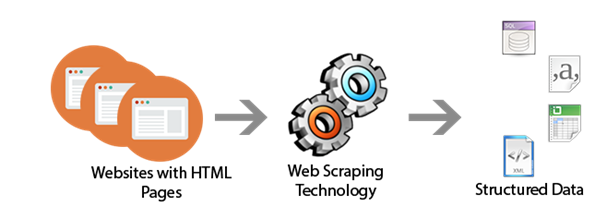Liveness Detection
- Kalyan K Mohanty
- Oct 31, 2020
- 2 min read
Introduction:
Now a day’s online fraud and identity theft is increasing rapidly. Service providers need a way to guarantee that they do not compromise their service. We know that Face recognition system can be easily fooled. Liveness detection is important, especially in situations of unsupervised authentication. It is a technique used to detect a spoof attempt to determine whether the human being is live or a fake representation. Algorithms that analyse data gathered from biometric sensors or cameras to decide if the source is live or replicated may do this. This makes the system more secure and Widely used in all over the world.
Different Types of Liveness Detection
To detect liveness, several approaches exist. These can be graded as active or passive at a high level.
Active Liveness detection:
By reacting to a challenge, successful liveness detection allows users to engage in the liveness search. Examples of active liveness systems deployed today include the following:
Nodding or shifting around left to right of one's head, eye Blinking Following instructions on a display device, smiling face for a certain time, reading a sequence of numbers or phrases are an example of active liveness detection
Passive liveness detection
Passive liveness detection Requires no action by the user. When the consumer takes a selfie, the identification of vividness occurs. For passive liveness, various techniques are possible, from analysing a selfie image to capturing a video to projecting various lights on the subject. Each approach to passive liveness has a different effect on the user experience and the criteria for processing.
Example of Passive Liveness Detector

Requirements:
To create one liveness model we need the following
OpenCV, TensorFlow and Keras
Face Detector ‘Haar cascade’
Images were directly taken from the camera
Images were taken from a photograph
ResNet50
Preparing Datasets
Images were taken from a photograph are considered as fake where Images were directly taken from the camera is real.


Fig 1. (a) Images were taken from a photograph (b) Images were directly taken from the camera.

Fig 2. Real-time Liveness detection
Conclusion:
It is important to differentiate between a genuine live face and an attempt to spoof the device with an artificial representation of a face. Face biometric technology provides the opportunity to authenticate consumers in a user-friendly manner and at the same time improve protection for face biometrics to gain widespread acceptance as a better mode of authentication. But using high-resolution photos, video, masks, and deep fakes, even the toughest solutions are vulnerable to spoofing attacks.

.png)




Comments